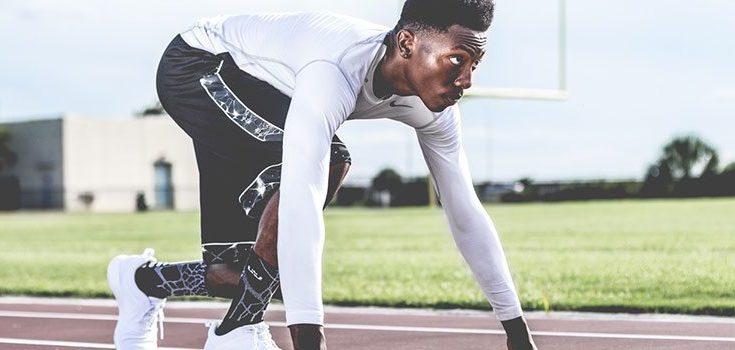Many people do not know, but the main objective of the sports fabric when playing sports is to allow athletes to carry out their activities in complete comfort while balancing the moisture and sweat of the body. Believe me: depending on the intensity of your workout, you will want to choose the suitable sports fabric.
For example, cotton cloth is highly absorbent, which means that it is suitable for low-intensity activities, but not for something more strenuous, as it would end up soaked. All sporting materials are breathable, but due to individual manufacturing processes, this varies slightly between them. Learn more about the sportswear.
What Is The Difference When It Comes To Playing Sports That Cycling Clothing Brings?
Each sports fabric is manufactured in its way, consisting of different fibers, different yarn thicknesses, and different mesh construction. These factors will determine the appearance of the finished sports equipment, be it smooth, textured, elastic, transparent.
The fabric for playing sports is made mainly of Lycra, fabric that tends to instantly return to its original shape, keeping the sportsman safe, but without any restriction of movement. Combining polyester with other materials – such as elastane or cotton – gives each fabric a distinct image.
Synthetic Fibers
Synthetic fabrics are generally considered the best choice for sportswear, as they can provide a good combination of moisture control, softness, lightness, insulation, and relatively quick drying. It is safe to say that fabrics with moisture-absorbing properties can regulate body temperature, improve muscle performance and delay exhaustion when playing sports.
Polyester, for example, has excellent dimensional stability and offers excellent resistance to dirt, decay, mold, and the most common organic solvents. Being durable – yet lightweight – and providing elasticity and a smooth, comfortable feel, all of these qualities are important to consumers in wide-ranging sports applications.
Excellent heat resistance or thermal stability is also an essential attribute for sportswear. Synthetic fiber, therefore, is the fiber most commonly used in base fabrics for playing sports because of its low moisture absorption, accessible maintenance properties, and low cost.
Sportswear Properties
Because there are so many different options for sports clothes, there are also many properties associated with them. Here are just a few:
- Breathable – the construction of the fabric for playing sports allows air to enter and exit, helping to regulate body temperature and prevent excessive sweating.
- Moisture absorption – the construction of the fabric produces a larger surface area, which means that more moisture can be absorbed and moved to the surface, where it can be evaporated quickly.
- Durable – with exercise comes strenuous movement, so the fabric must withstand the test of time without wear or loss of function.
- Elastic – the fabric must be flexible and ready to withstand any activity, moving with the body and returning to its original shape.




